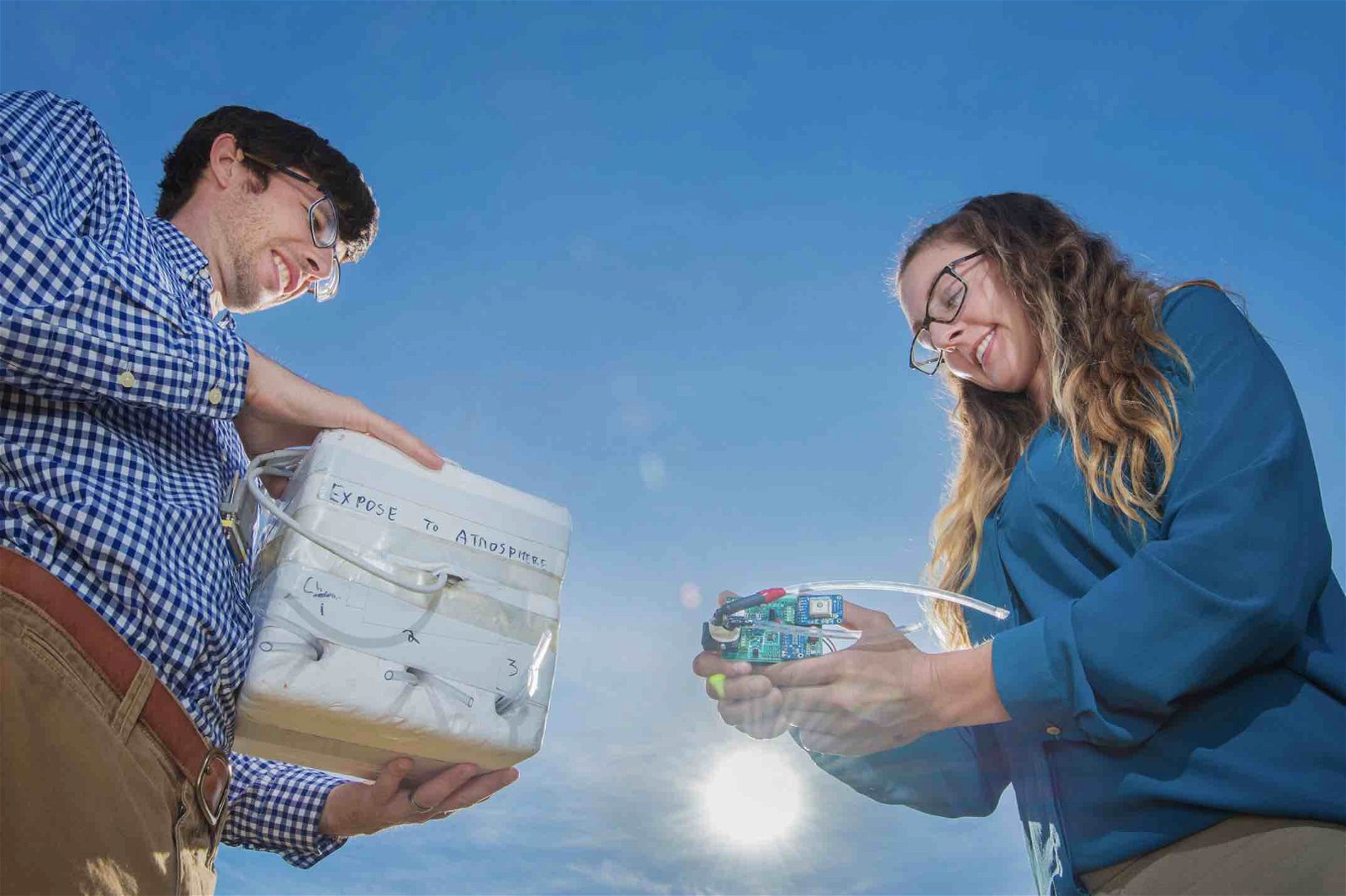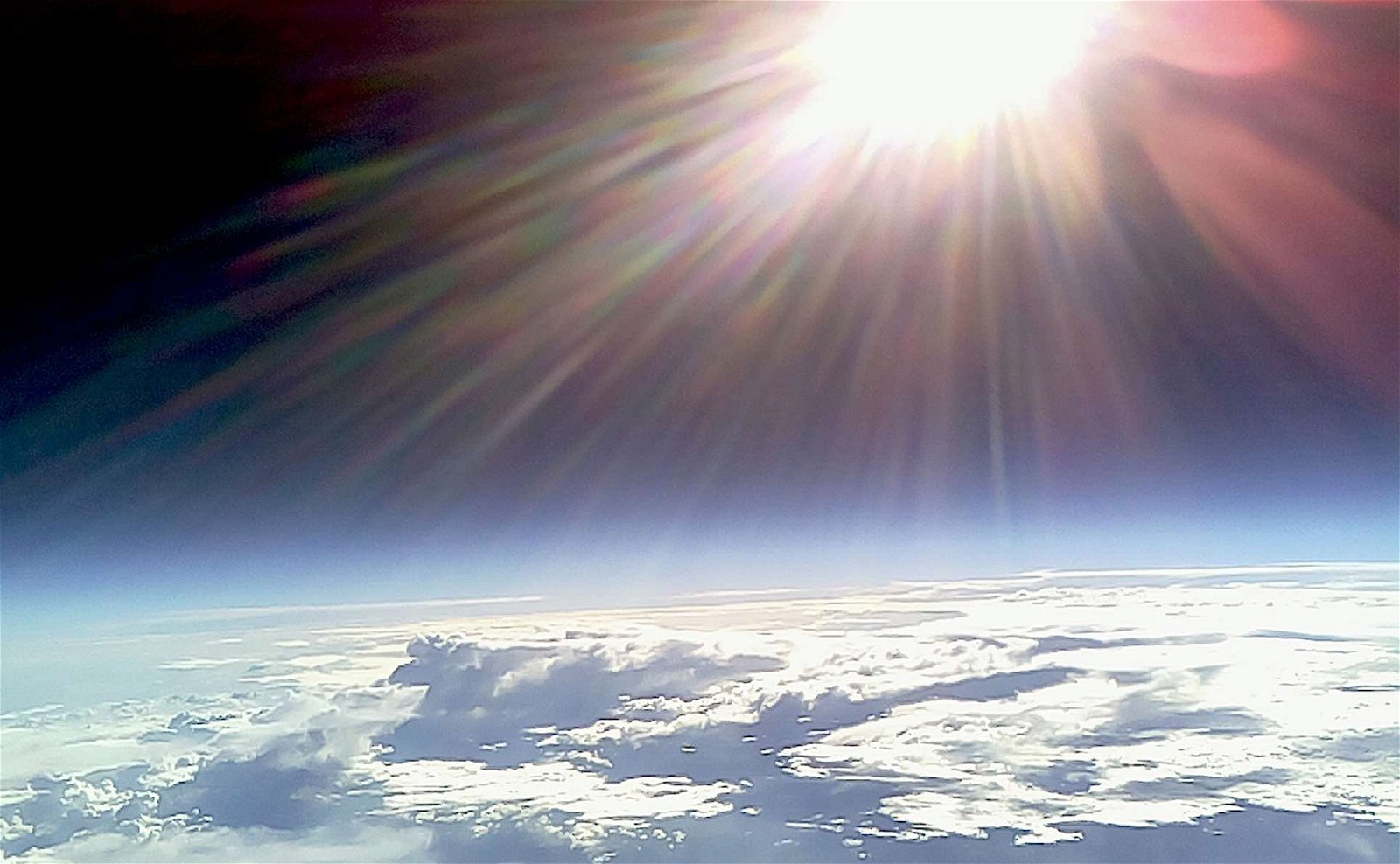A mysterious infrasound signal has been detected in Earth’s upper atmosphere, and U.S. Department of Energy scientists say they are currently unsure of its source.
“[In the stratosphere,] there are mysterious infrasound signals that occur a few times per hour on some flights, but the source of these is completely unknown,” says Daniel Bowman, a Principal Scientist at Sandia National Laboratories.
Bowman, who specializes in the study of low-frequency sound and currently holds a patent for the design of a unique infrasound sensor, focuses on the use of such technologies in extreme environments like the stratosphere to “capture phenomena that reveal the full spectrum of planetary acoustics.”
The stratosphere is an ideal location for such studies, since it typically remains undisturbed by the passing of aircraft, and its calm conditions make it optimal for the use of microphones suspended from high-altitude balloons. Many natural phenomena occurring on Earth create noise that is detectable from the stratosphere, ranging from the movement of ocean waves to meteorological events.


Bowman says the unusual infrasonic phenomenon was detected amidst such conventional environmental and manmade sounds using solar-powered hot air balloons, which he and his team constructed with materials costing around $50 each that can be assembled in a space no larger than a basketball court.
“Our balloons are basically giant plastic bags with some charcoal dust on the inside to make them dark,” Bowman said in a recent statement. He says they are constructed using materials available at most hardware stores like painter’s plastic and shipping tape, along with charcoal powder obtained from pyrotechnic providers.
“When the sun shines on the dark balloons, the air inside heats up and becomes buoyant,” Bowman says. “This passive solar power is enough to bring the balloons from the surface to over 20 km (66,000 ft) in the sky.”


Equipped with microbarometers used to detect low-frequency sound, the balloons are released and tracked with GPS over the course of their high-altitude journeys, which sometimes carry them for several hundreds of miles.
Due to their low cost, and the ease at which they can be deployed, Bowman says the balloons can be launched frequently, allowing for the collection of large amounts of information.
Bowman says that solar-powered balloons similar to the ones he and his team construct could also be used on other planets in our solar system, with applications that may include studies of seismic events occurring on Venus.
For now, the source of the mysterious infrasonic noise his devices detected remains unknown and will require additional data in order to unravel their cause.
Bowman’s findings were presented this week at the 184th Meeting of the Acoustical Society of America in Chicago.
Micah Hanks is the Editor-in-Chief and Co-Founder of The Debrief. He can be reached by email at micah@thedebrief.org. Follow his work at micahhanks.com and on Twitter: @MicahHanks.

